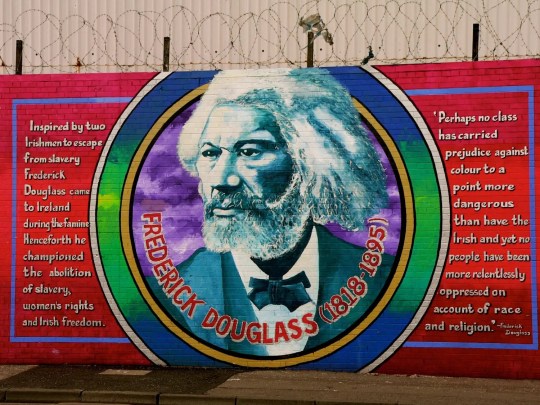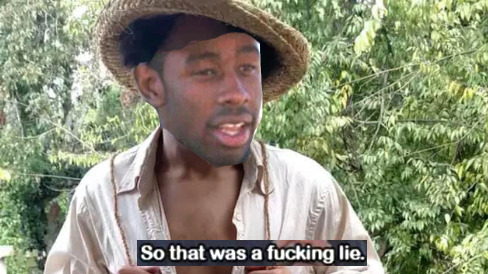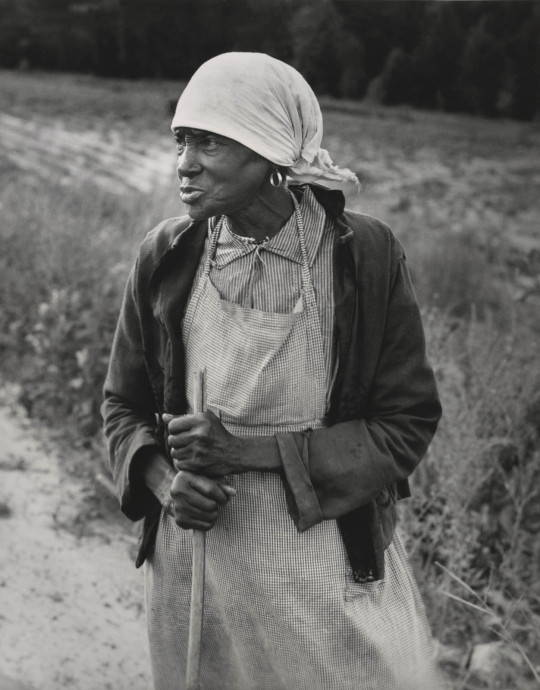#American Slave
Text
#OTD in 1845 – Frederick Douglass delivers a speech in Belfast | ‘The Cambria Riot, My Slave Experience, and My Irish Mission’.
In 1845, as Ireland was descending into the despair of the Great Hunger, Frederick Douglass arrived for a four-month lecture tour of the island. Douglass had escaped slavery in Maryland seven years earlier, and had recently published his autobiography Narrative of the Life of Frederick Douglass, An American Slave. Douglass was greeted in Dublin, Belfast, and Cork by enthusiastic crowds and formed…

View On WordPress
#American Slave#‘Solidarity Wall’#Belfast#Catholic Emancipation#Cork#Count Daniel O&039;Connell#Dublin#Emerald Isle#Frederick Douglas mural#Frederick Douglass#Great Hunger#Slavery
7 notes
·
View notes
Text

—Did you know that Juneteenth is also celebrated in a part of Mexico? Nacimiento Mexico was once home to thousands who escaped slavery in the US. As many as 10,000 slaves followed a clandestine Southern Underground Railroad to Mexico.
—To date, many Black Mexicans from the Texas area retrace a portion of the same route their African American ancestors followed in 1850 when they escaped slavery.
—Descendants of slaves who escaped across the southern border observe Texas’s emancipation holiday with their own unique traditions in the village of Nacimiento.
—Slave hunters would patrol the southern border for escapees, led by the Texas Rangers but the Mexican army would be there waiting for them (the slave hunters) to turn them away.
x
#juneteenth#mexico#nacimiento mexico#black mexicans#african american ancestors#slavery escape route#southern underground railroad#texas#emancipation holiday#unique traditions#slave hunters#texas rangers#mexican army
7K notes
·
View notes
Text
Reminder to avoid buying anything crochet new from big stores. Crochet (unlike knit) CANNOT be done by a machine and must be done by an actual human being. The person who made it was definitely not paid an appropriate amount for their labour. Most big stores use sweatshops anyway and I know it’s hard to completely avoid buying anything from a major store. But if those specific items don’t sell, we can send a message to companies that we don’t want items made fully by hand using slave labour
This summer, avoid any new crochet items. You don’t need THAT specific top that badly
#crochet#knit#box stores#capitalism#human rights#fair trade#sweatshop#boycott#social justice#ethical shopping#shopping#shein#american eagle#h&m#Walmart#hollister#shopping haul#try on haul#gap#old navy#Joe fresh#responsible consumption#responsible shopping#sweatshops#slave labor
4K notes
·
View notes
Text


738 notes
·
View notes
Text

Formerly Enslaved Woman. ("Ex-Slave with a long memory,") Alabama. 1938
From "The American Country Woman"
Photo: Dorothea Lange
166 notes
·
View notes
Text

The Mine Wars won Americans more rights than any nonviolent movement
#The Mine Wars won Americans more rights than any nonviolent movement#class war#workers of the world unite#workers rights#direct action#environmental activism#activism#activist#worker rights#ausgov#politas#auspol#tasgov#taspol#australia#fuck neoliberals#neoliberal capitalism#anthony albanese#albanese government#eat the rich#eat the fucking rich#poverty#homeless#capitalism#fascism#slavery#wage slavery#slave wages#slaves#slave
146 notes
·
View notes
Text
Creator included in video.
#black tumblr#black literature#black history#black excellence#black community#civil rights#black history is american history#civil rights movement#blackexcellence365#equal#slavery#slaves#slave
125 notes
·
View notes
Text
#OTD in 1845 – Frederick Douglass delivers a speech in Belfast | ‘The Cambria Riot, My Slave Experience, and My Irish Mission’.
#OTD in 1845 – Frederick Douglass delivers a speech in Belfast | ‘The Cambria Riot, My Slave Experience, and My Irish Mission’.
In 1845, as Ireland was descending into the despair of the Great Hunger, Frederick Douglass arrived for a four-month lecture tour of the island. Douglass had escaped slavery in Maryland seven years earlier, and had recently published his autobiography Narrative of the Life of Frederick Douglass, An American Slave. Douglass was greeted in Dublin, Belfast, and Cork by enthusiastic crowds and formed…

View On WordPress
#American Slave#‘Solidarity Wall’#Belfast#Catholic Emancipation#Cork#Count Daniel O&039;Connell#Dublin#Emerald Isle#Frederick Douglas mural#Frederick Douglass#Great Hunger#Slavery
6 notes
·
View notes
Text

#racism#race#indian#native american#slaves#black#blm movement#black lives matter#crt#critical race theory#blacklivesmatter#black tumblr#black beauty#black votes matter#black votes#black voters#black voters matter#mexican#history#cultures#historical#history lesson#us history#american history#vote blue#vote democrat#please vote#voting#election 2024#get out the vote
59 notes
·
View notes
Text

Wilson Chinn (fl. 1863) was an escaped American slave from Louisiana who became known as the subject of photographs documenting the extensive use of torture received in slavery. The "branded slave" photograph of Chinn with "VBM" (the initials of his owner, Volsey B. Marmillion) branded on his forehead, wearing a punishment collar, and posing with other equipment used to punish slaves became one of the most widely circulated photos of the abolitionist movement during the American Civil War and remains one of the most famous photos of that era.
The New York Times writer Joan Paulson Gage, noted in 2013 that "The images of Wilson Chinn in chains, like the one of Gordon and his scarred back, are as disturbing today as they were in 1863. They serve as two of the earliest and most dramatic examples of how the newborn medium of photography could change the course of history."
#Wilson Chinn#african#afrakan#kemetic dreams#africans#brownskin#afrakans#brown skin#african culture#american civil war#the new york times#joan paulson#african american#photography#branded slave
61 notes
·
View notes
Text
hmmm. Everyone out here talking about Targaryens being a diaspora and minority group. You know who else is a minority and a diaspora? Afrikaaners. And pretty much any white minority group in Africa that ruled as a result of colonization.
#saw someone comparing the Targaryens to black Americans and um. no? cannot we not do that?#can we not compare the people leaving their slaving empire as it goes bust to people enslaved and forcibly taken from their homes?#a better comparison is the white Zimbabweans fleeing Zimbabwe while pinning for the good old days of Rhodesia
64 notes
·
View notes
Text
Credit to purchase Black Slaves - yes the Jews Gave Credit


Jacob Cohen was a founder for the Hebrew Orphan Society, who didn't realize he was selling Black Jews - OR DID HE?
We think he didn't care, because they made him and his family rich forever.
#Credit to purchase Black Slaves - yes the Jews Gave Credit#purchasing Slaves#jews selling slaves on layaway#Black Lives Matter#Black History#Jew History#White Supremacy#american wealth from Stolen Black Lives#REPARATIONS ARE DUE#Jacob Cohen was a founder for the Hebrew Orphan Society
29 notes
·
View notes
Text

A schematic drawing of the slave ship Brooks (also known as the Brookes) portrays the inhumane living conditions that enslaved Africans endured during the Middle Passage. This fold-out engraving was published in the 1808 edition of The History of the Rise, Progress, and Accomplishment of the Abolition of the African Slave-trade by the British Parliament, a two-volume work published by the English activist Thomas Clarkson. A leading opponent of the international slave trade, he wrote that this "famous print of the plan and section of a slave ship … was designed to give the spectator an idea of the sufferings of the Africans in the Middle Passage." The human cargo are shown lying down with no space between one another, the men segregated from the women. The drawing depicts 482 enslaved men, women, and children, the number permitted by law for a ship of that size; in reality, the Brooks sometimes carried as many as 740 slaves.
#slaves#african slaves#black tumblr#black literature#black history#black excellence#black community#civil rights#black history is american history
50 notes
·
View notes
Text
#native american#slave#slavery#black power#knowledge#black knowledge#african#self knowledge#black history#black history month
418 notes
·
View notes
Photo



August 14, 2004, - Budapest, Hungary
Source: Mark Thompson/Paul Gilham/Getty Images
#those stories where a prince is kidnapped as a slave by pirates but the captain falls in love with him and they live happily ever on the sea#Jenson Button#British American Racing#f1#formula 1#2004#jb22
196 notes
·
View notes
Text

Freed African-Americans stand in front of their homes that are still the same slave quarters on a white man's plantation in Saint Helena Island, South Carolina. The picture, which features a barefoot child in the foreground and a man with a cane in the background, is understood to have been taken in 1863.
35 notes
·
View notes